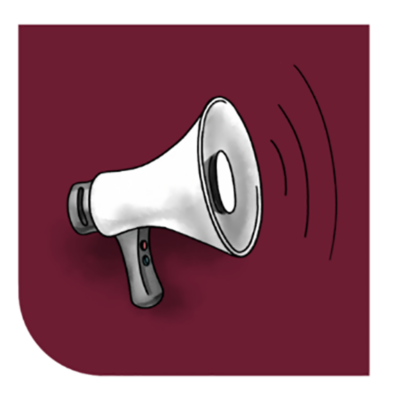Karen Wootton, Curriculum Coordinator, karenwootton@cpm.org
When CPM began in 1989, the founders and writers believed that within about five years, CPM would be obsolete. The idea was that teachers were transitioning to a more student-centered classroom, and would be utilizing more open ended and less guided problems. As we know, that change did not happen in that time span.
Now, 28 years later, we are finally moving in that direction. With the arrival of Common Core State Standards in 2010, and the push from sites like youcubed.org and estimation180.com, teachers are moving closer to the vision CPM founders had.
Does that mean that CPM is now, or will soon be, obsolete? Absolutely not! What is clear is that for many teachers, administrators, students, and parents, the transition is difficult. CPM provides the support so teachers can have a student-centered, problem-based classroom. Through the exemplary textbooks and high quality, engaging professional development workshops, teachers are seeing their students engage in mathematics in more meaningful ways. CPM understands that change can be difficult and it takes time, effort, and support.
In some ways, the CPM textbooks are like training wheels for the more open vision. As a child learns to ride a bike, parents add training wheels to help hold the child up. The training wheels add the additional support some children need while they learn to keep their balance. With the training wheels on, children are able to ride their bike with little fear of falling over. They are able to move along at a good clip, and for all practical purposes, are riding a bike.
But as any parent knows when they first suggest removing training wheels from their child’s bike, riding with training wheels is not exactly the same as riding a bike. The support is there, the reassurance is there, and the risk is minimal. That transition from riding with training wheels to riding without can be difficult. But the parent pushes that transition because the parent believes it is what is best for the child. No parent wants to see their 15 year old child riding a bike with training wheels on it!
So what does this mean for CPM? As some teachers who have taught with CPM for a long time know, CPM has been gradually taking the training wheels off. Many of our original problems had parts (a) – (g) to help break the problem down for students (training wheels). With each new edition or series, we have cut back on that, leaving more of the thinking up to the student. The Teacher Notes have expanded so that the teacher is made aware of the possible issues that might arise in the class, with suggestions for how to handle them. In one sense, we have been moving the training wheels from the student to the teacher. Where CPM lessons used to have all the additional parts to the problems, the current lessons have just the problems. It is time, however to go further. It is time to start removing the training wheels.
What exactly does this mean? It means CPM wants to hear from you. How would you change an existing lesson to make it more open, less structured, without the support of training wheels? Are there lessons that you have already changed in this way? Can you imagine how other lessons could be changed? Then we want to hear from you. CPM is assembling a team of teachers who are eager and able to take the training wheels off of existing lessons. If you would like to be considered for this team, please complete the form at this link: https://goo.gl/forms/aUvcA5hwW2LE0DrG3. Then send in a training-wheels-free lesson that accomplishes the same objective, hits the same learning target as an existing CPM lessons to karenwootton@cpm.org. In the subject line indicate “Replacement for lesson x.y.z, CC_” indicating the correct lesson number and course for which you are replacing. Please have these in by December 20, 2017 for consideration.
